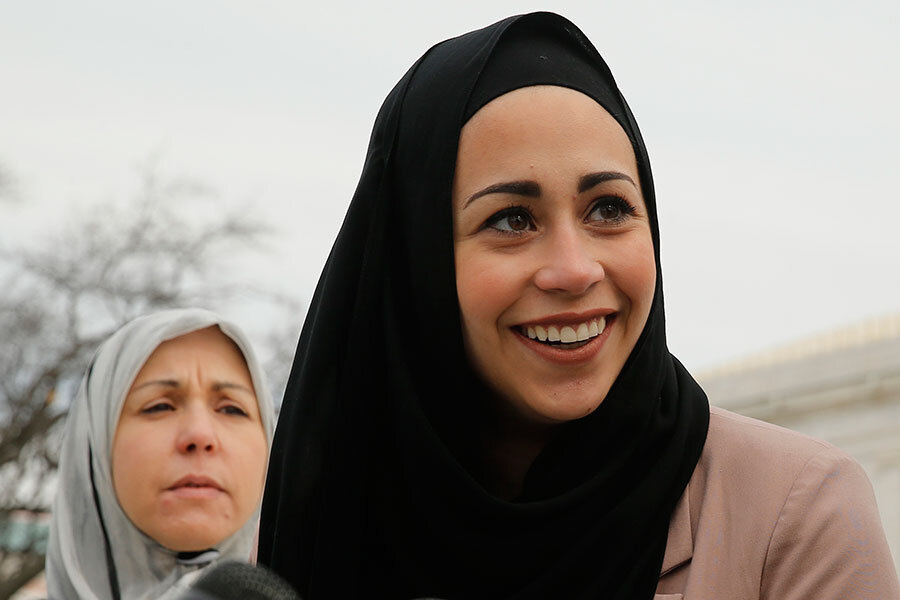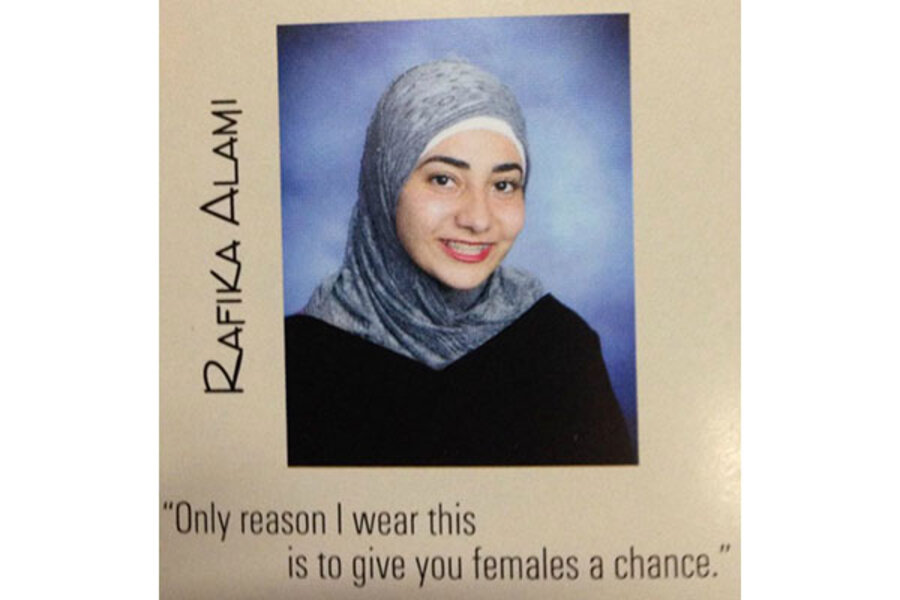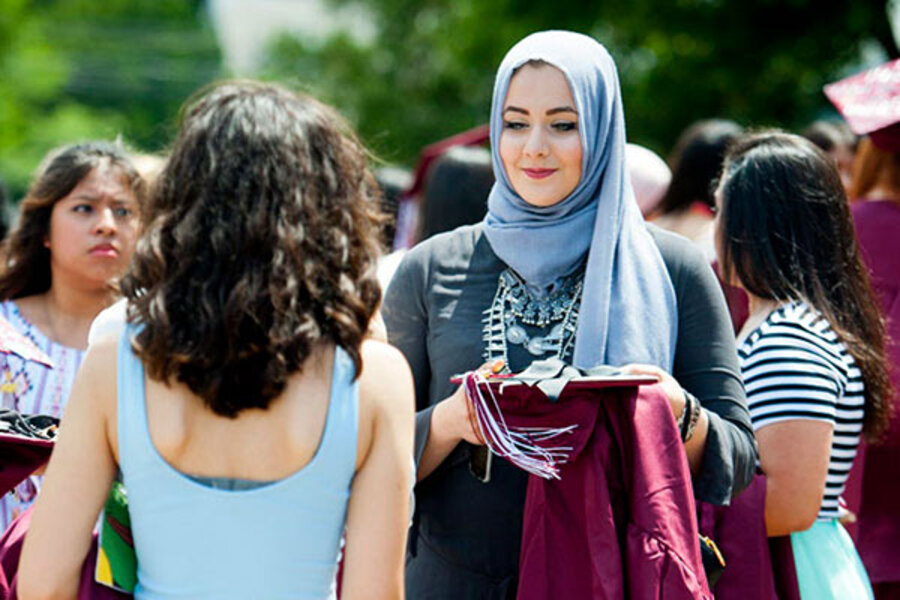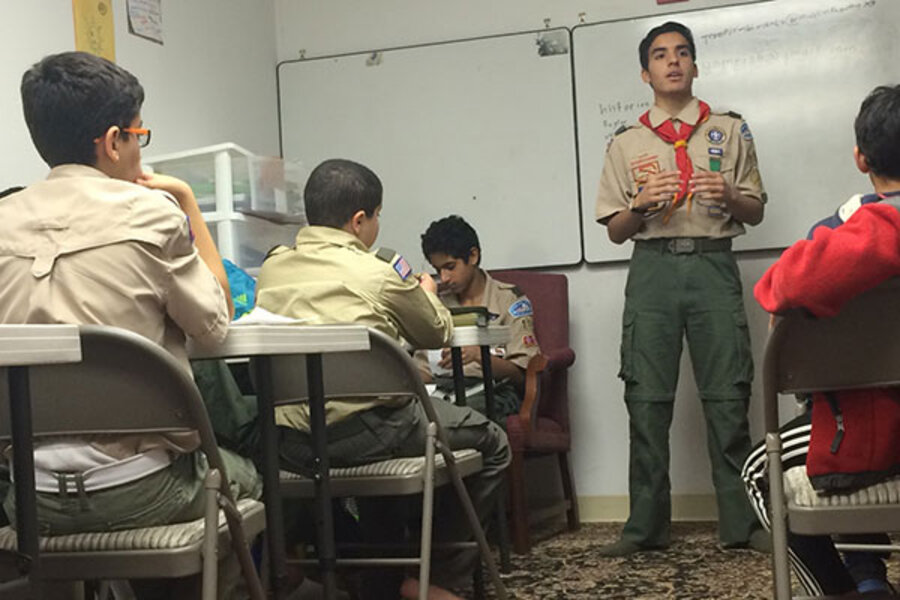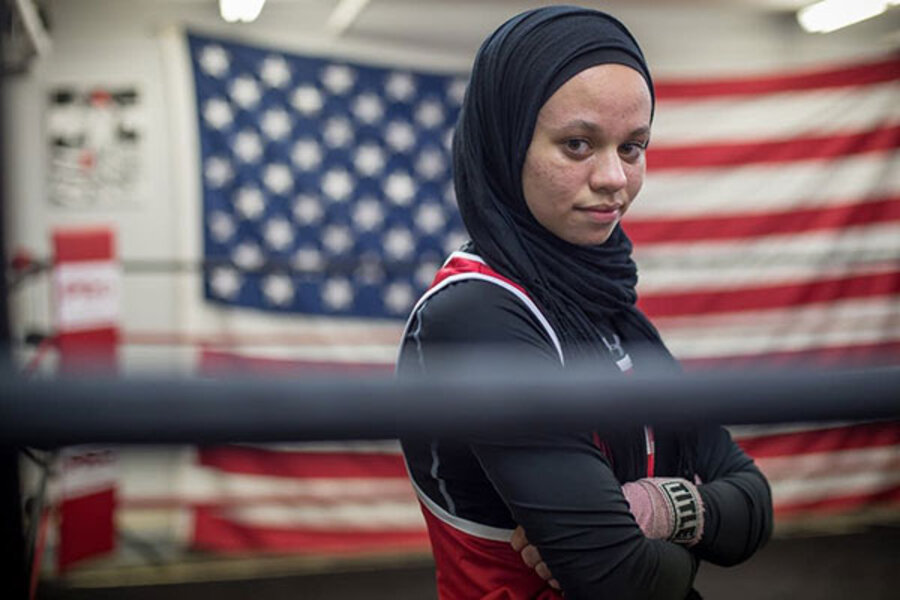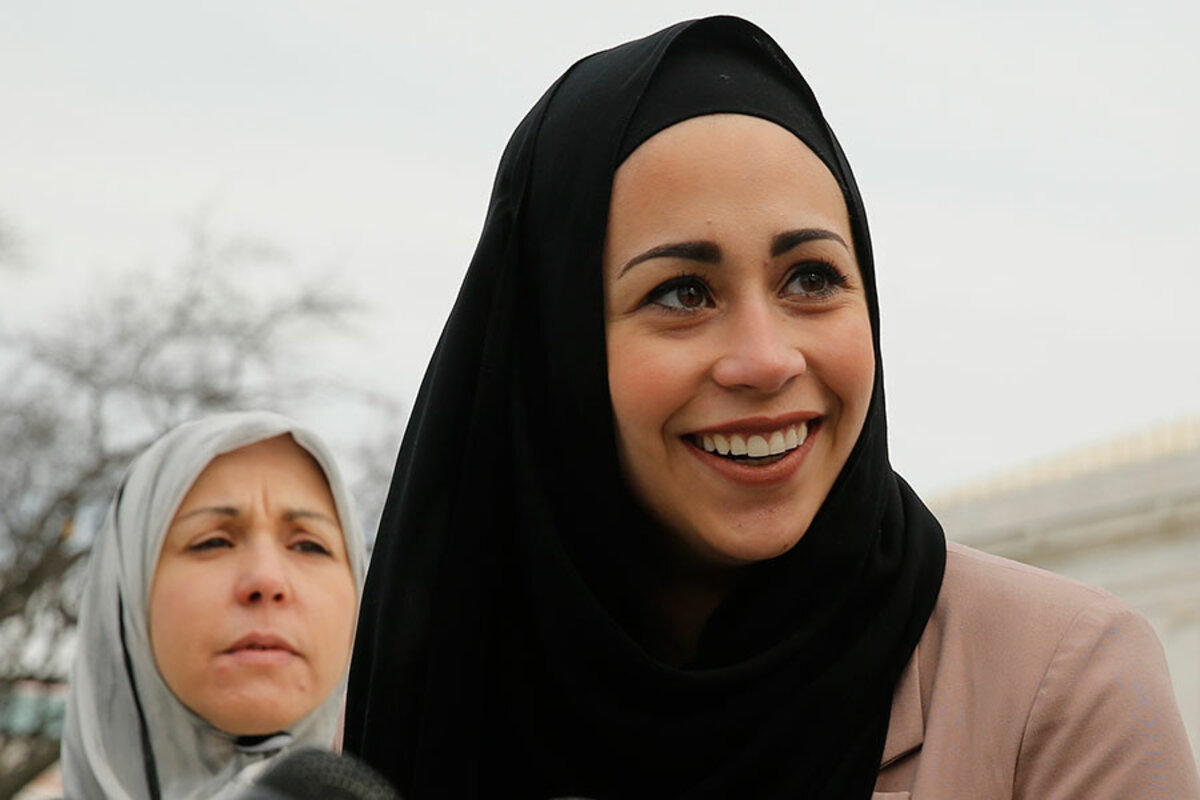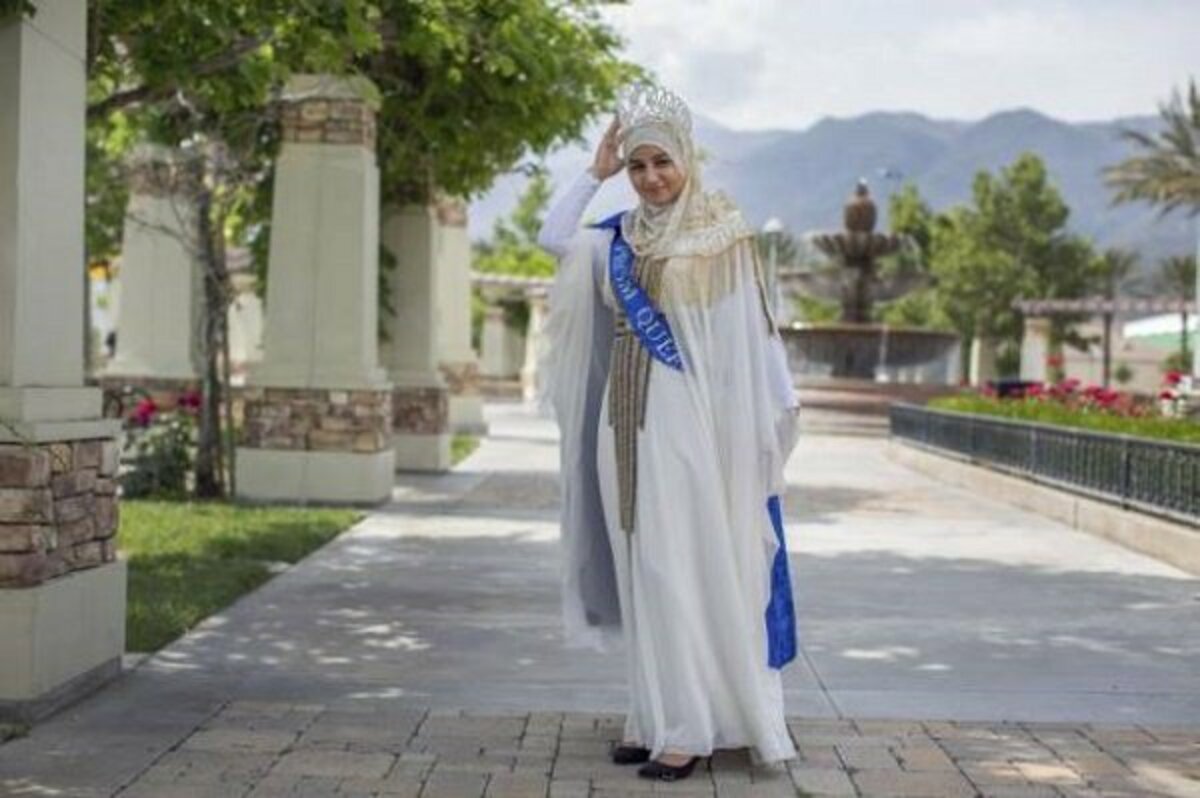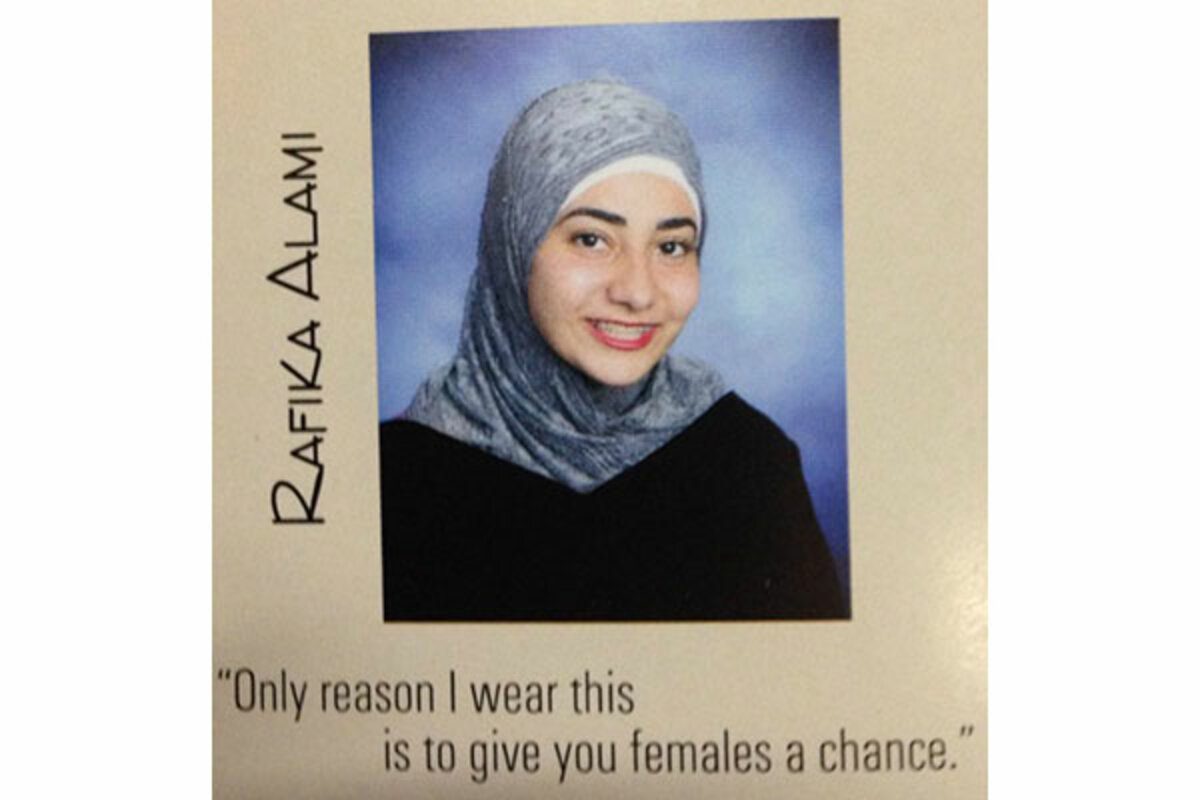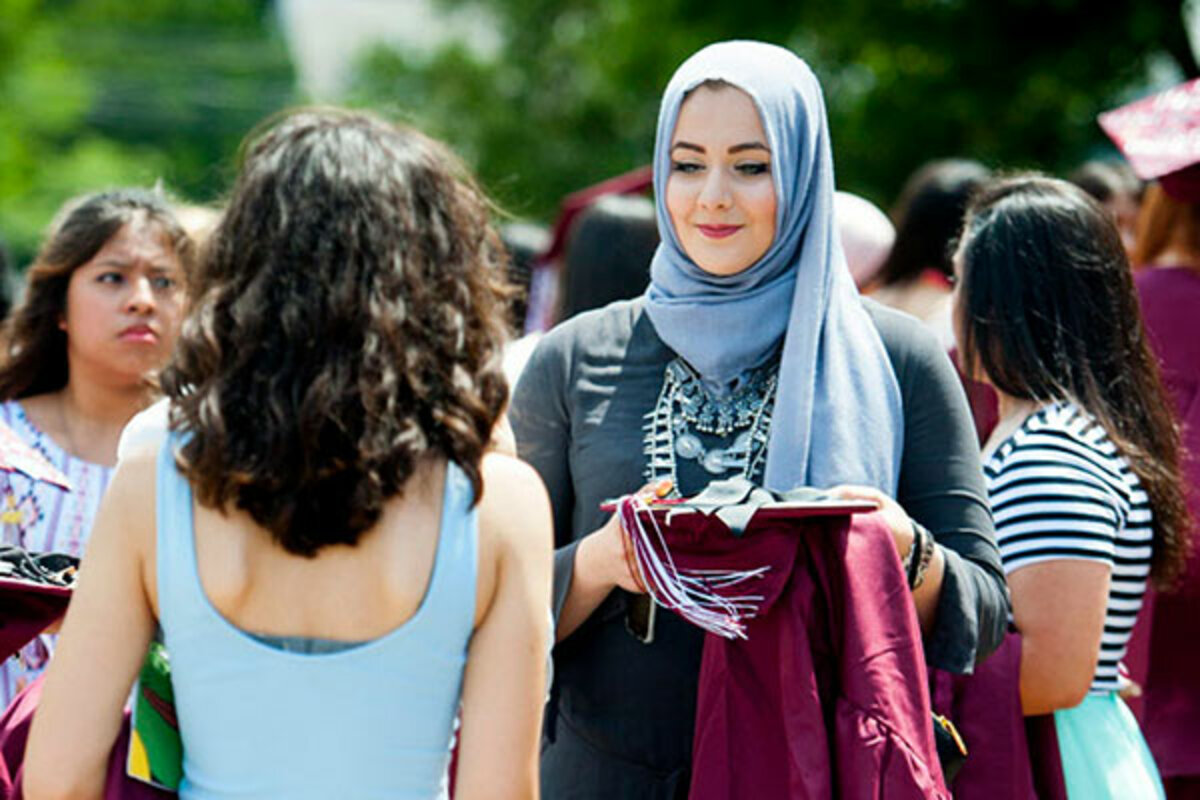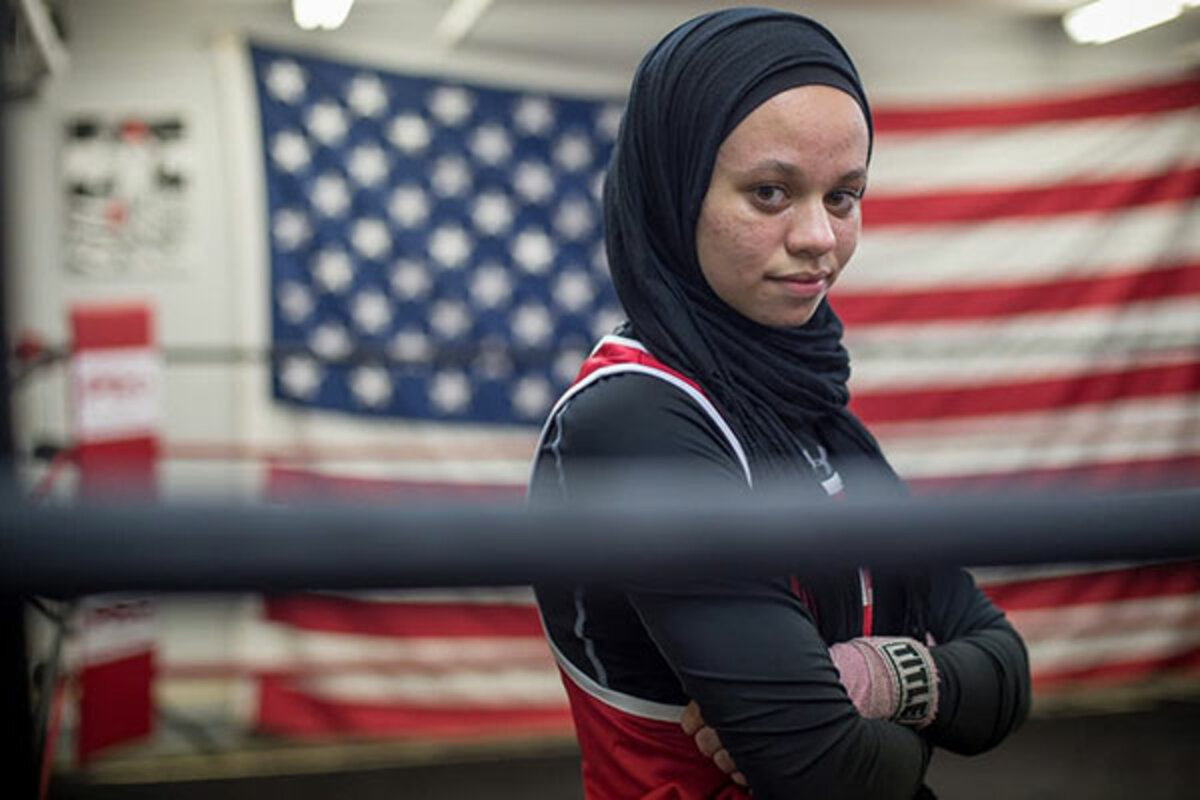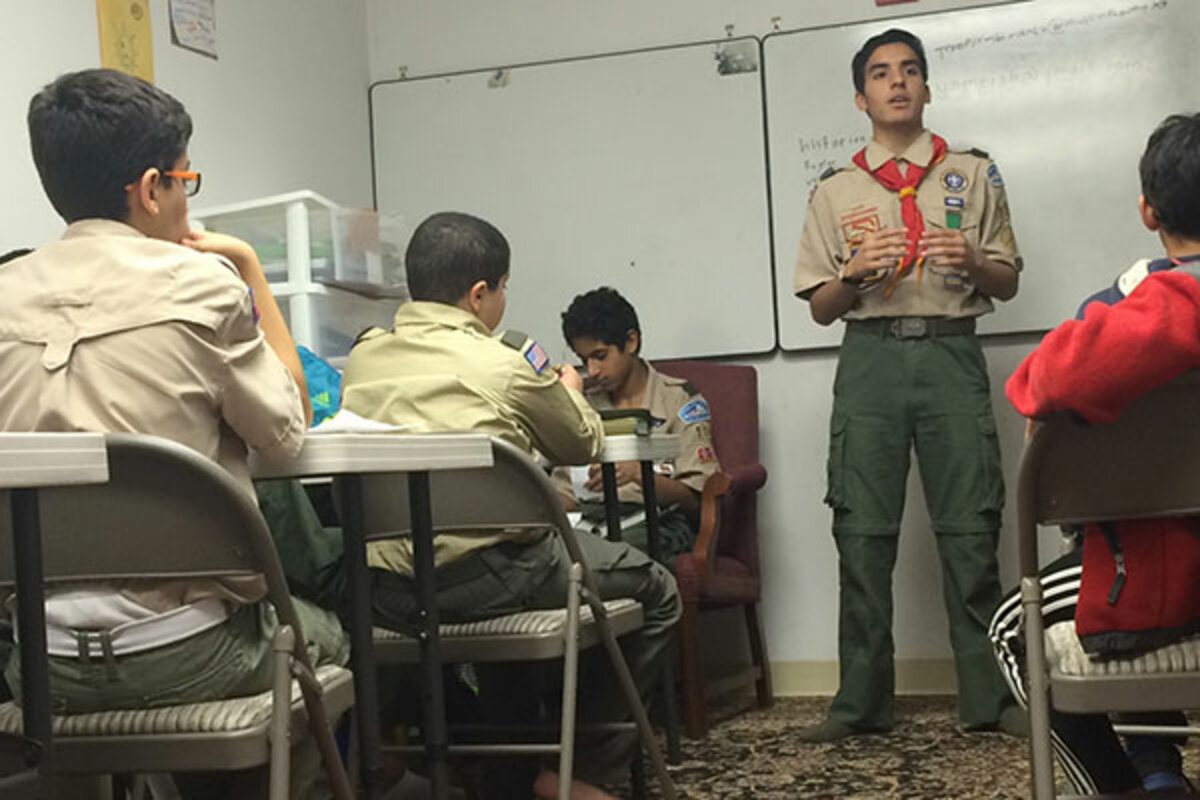From Eagle Scouts to prom queens, a different view of American Muslims
Loading...
A new study from Georgetown’s Bridge Initiative, When Islamophobia Turns Violent, suggests that Islamophobia is getting worse. And, anti-Muslim political rhetoric during the United States presidential race isn’t making things better.
In 2015, the study shows, there were 174 acts or threats of anti-Muslim violence including 12 murders; 29 assaults; 50 threats; 54 vandalisms; 8 arsons; and 9 shootings or bombings, among other incidents. By comparison, in 2014, there were 154 anti-Muslim hate crimes.
Since the start of the election season last March, when Senator Ted Cruz (R) of Texas entered the presidential race, that number jumped to 180. Significantly, rising Islamophobia has negatively impacted American Muslim youth.
A recent report from the Southern Poverty Law Center, The Trump Effect: The Impact of the Presidential Campaign on Our Nation’s Schools, reveals that more than one-third of teachers have seen increased anti-Muslim sentiment in class. Emboldened by campaign vitriol, students harass American Muslim children, calling them “terrorists,” “ISIS,” and “bomber.”
In the face of rising Islamophobia, however, American Muslim teens have shown grit – and many of their peers have shown support – as they navigate the course of faith, identity, culture and politics.
Samantha Elauf applied to be a sales associate at a local Abercrombie & Fitch store in Oklahoma. While she qualified for the job, the popular retailer refused to hire her because her Muslim hijab violated its no-hats policy.
Rather than dismissing the incident or abandoning her faith beliefs, she filed a civil rights complaint with the federal Equal Employment Opportunity Commission.
She said, “I was born in the United States, and I thought I was the same as everyone else.”
The EEOC took Samantha’s case – right up to the United States Supreme Court. Last summer, the high court handed her a legal victory after seven years of litigation. Samantha was right, the court said. Employers are legally obligated to provide religious accommodations, including Islamic attire, in accordance with federal law.
Zarifeh Shalabi never imagined she would reign as prom queen at her high school in Fontana, Calif. But her non-Muslim friends took a conscious stand against Islamophobia when they campaigned for her while wearing hijabs in solidarity.
The American Muslim teen, who never previously attended a school dance, reflected following her ascension, “I’m not what someone thinks of when they think of prom queen.”
Confident, witty and bold aren’t typically attributes we associate with American Muslim women, particularly those in hijab. But, perhaps you haven’t met Rafika Alami (or a number of other Muslim women).
Rafika’s senior quote – “Only reason I wear this is to give you females a chance” – in her California high school yearbook went viral. Afterwards she shared, “A lot of girls are telling me that I’ve inspired them to be confident, which makes me feel great.”
Abrar Shahin was shocked when her New Jersey high school of 800 students voted her “Best Dressed” last year. Her story made local, national, and international news.
Demonstrating beauty, style and strength, she later explained: “I just want to let every girl out there know that they shouldn’t be afraid to express themselves through their style. Nothing is more beautiful than a girl that stands up for what she believes in.”
Amaiya Zafar was just 15 when she challenged the rules barring her from competing as a boxer.
When she was told she couldn’t wear the hijab under her helmet in the boxing ring of a USA Boxing sanctioned event, the Minnesotan didn’t back down. International rules for boxing require a sleeveless shirt and shorts. Rather, Amaiya showed agency: She contacted the organization, headquartered in Switzerland, to request a religious accommodation.
She later explained, “I think the rules are old school. I don't think there's anything wrong with getting them changed."
Yousof Omeish is an Eagle Scouts Troop leader in Virginia. Engaged in a quintessentially American activity, he begins every meeting with a Qur’anic recitation, demonstrating an ability to negotiate Islamic faith beliefs with an American identity.
So, why does this matter?
We often learn about Muslim youth in the context of counter-radicalization efforts. This is particularly true since the rise of the Islamic State and related anxieties surrounding terrorist recruitment online.
But these teens – whose stories are representative of so many more that may never make it to press – show us that American Muslim youth represent hope and change.
Like each of us, they hold the key to a potential solution.
Engy Abdelkader is Assistant Director of the Bridge Initiative, a research project that studies Islamophobia, based at Georgetown University where she teaches national security and civil liberties post 9/11.




